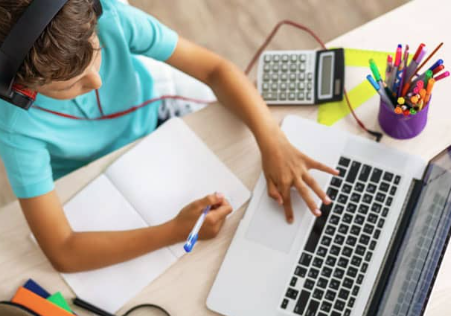Personalized learning offers a powerful way to support students who may be facing academic, social, or personal challenges. For students considered at risk of falling behind or disengaging, a tailored approach can provide the flexibility, encouragement, and structure they need to succeed. By focusing on individual needs, strengths, and goals, personalized learning creates inclusive environments where every student can thrive.
Meeting Students Where They Are
At-risk students often experience gaps in learning, inconsistent attendance, or emotional and behavioral challenges. Personalized learning addresses these by:
- Offering flexible pacing that allows students to revisit concepts as needed.
- Adjusting content to align with readiness and interests.
- Providing one-on-one support through digital platforms or teacher check-ins.
Building Confidence and Motivation
A personalized approach helps at-risk students feel more capable and supported. By setting achievable goals and celebrating progress, students gain confidence. Choice in how they learn and demonstrate understanding increases motivation and helps them take ownership of their education.
Encouraging Stronger Relationships
Personalized learning environments foster stronger connections between students and educators. With smaller groups, ongoing feedback, and individualized attention, teachers can better understand each student’s background and learning needs. These relationships are essential in building trust and re-engaging students who may have felt overlooked.
Supporting Social and Emotional Growth
When combined with social-emotional learning strategies, personalized instruction supports not just academic progress but also emotional well-being. Reflection, self-assessment, and goal-setting activities can help students develop resilience, responsibility, and a growth mindset.
Tools That Make a Difference
Technology can enhance personalized learning for at-risk students by:
- Delivering adaptive content that meets students at their level.
- Allowing for creative expression through multimedia tools.
- Tracking progress to identify areas needing extra support.
Creating a Safe and Supportive Space
Classrooms that prioritize personalization often promote a sense of safety and belonging. By giving students more voice and choice, they feel valued and respected. This inclusive culture helps reduce barriers to learning and increases the likelihood of long-term academic success.
Conclusion
Personalized learning is a meaningful way to support at-risk students, offering them a path to re-engage, grow, and succeed. By focusing on individual strengths, creating supportive relationships, and offering flexible learning opportunities, educators can help every student realize their potential and feel empowered in their learning journey.













